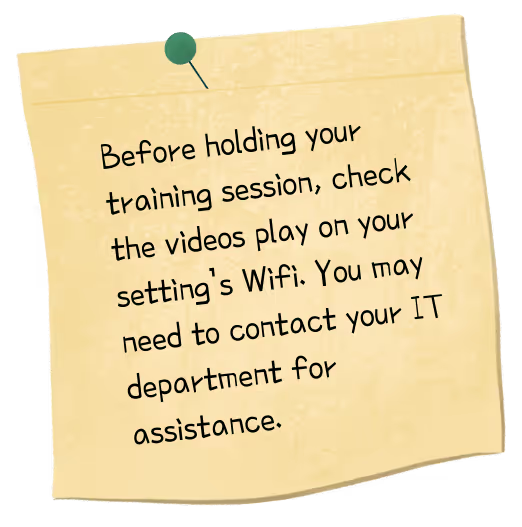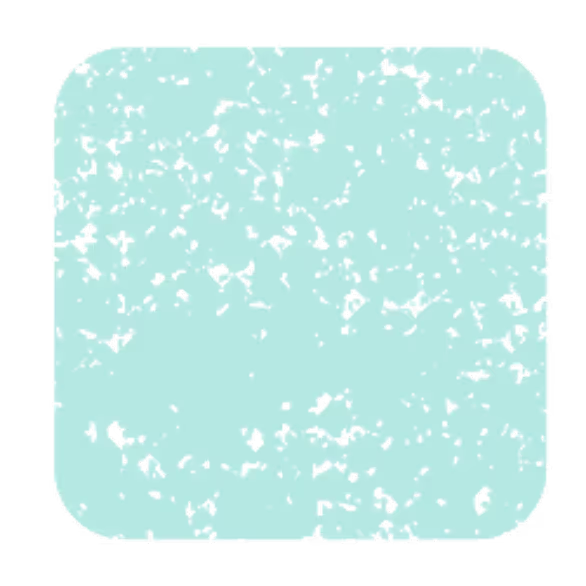Session 2 Sneak Peek: Big Kits
Now you've got the background in the importance of quality interactions we learnt about in Session 1, it's time to really get stuck into storytelling! Grab the Big Bags and start telling stories with the children as a group. In this session, we'll talk through the symbols, how to model stories and bring in ideas for the children to lead from.
Review this sessionNursery Group Story
Kate leads a group story with this nursery setting. As well as modelling for the children, Kate is also incorporating a variety of creative approaches. Using songs, actions and phonic sounds.
Under 3s Group Story
This group story with the littlest of people shows how they quickly grasp the story structure. This practitioner takes her time embedding the use of the symbols while keeping the children really engaged with voices, songs and actions.
Watch without activities
This video has the same content as the core training video but we've removed the timed activity sections for speedier viewing. This is designed to help practitioners refresh their knowledge.
If you are doing the training for the first time, we recommend watching the full length video together with your team. Team learning means you'll get the most out of the training experience - and it's more fun!
.avif)






